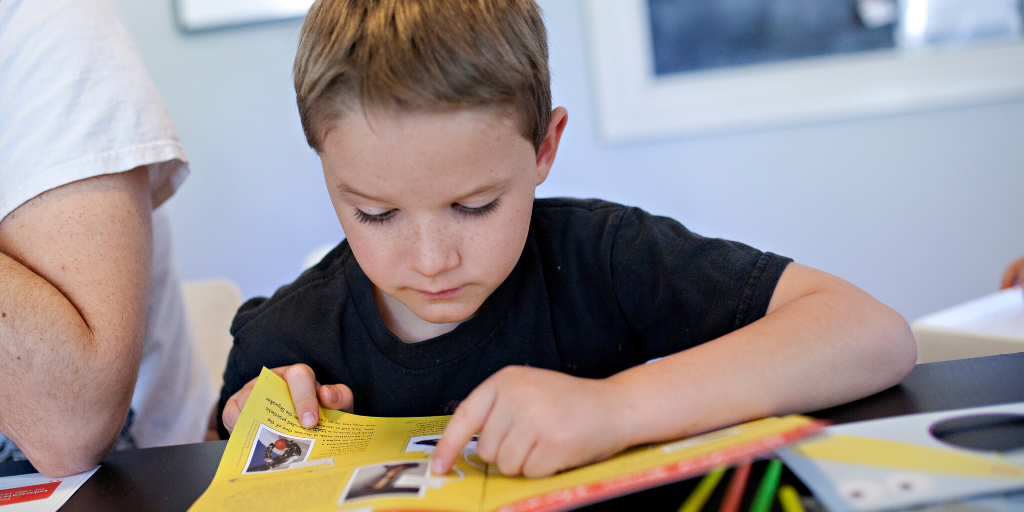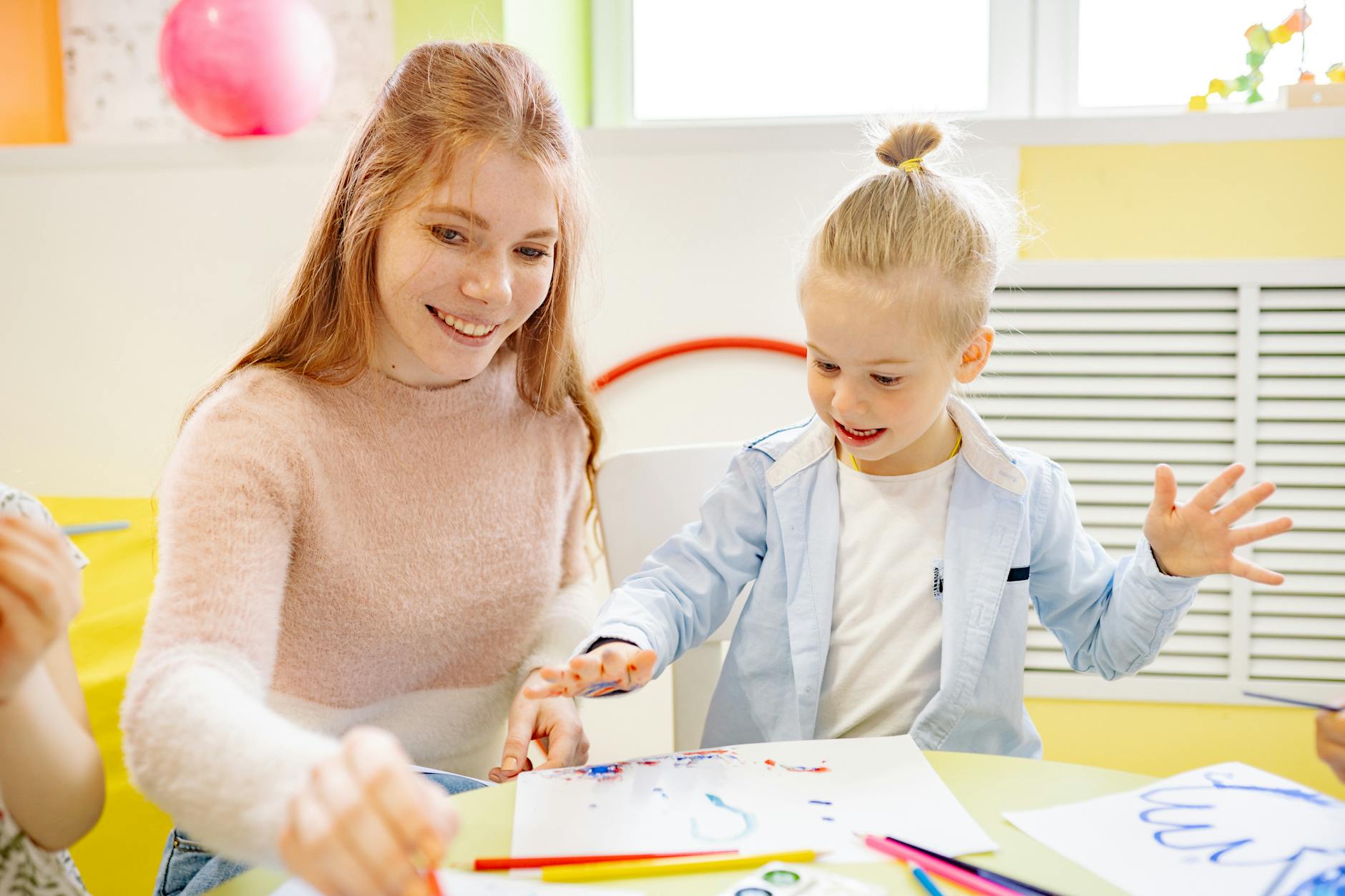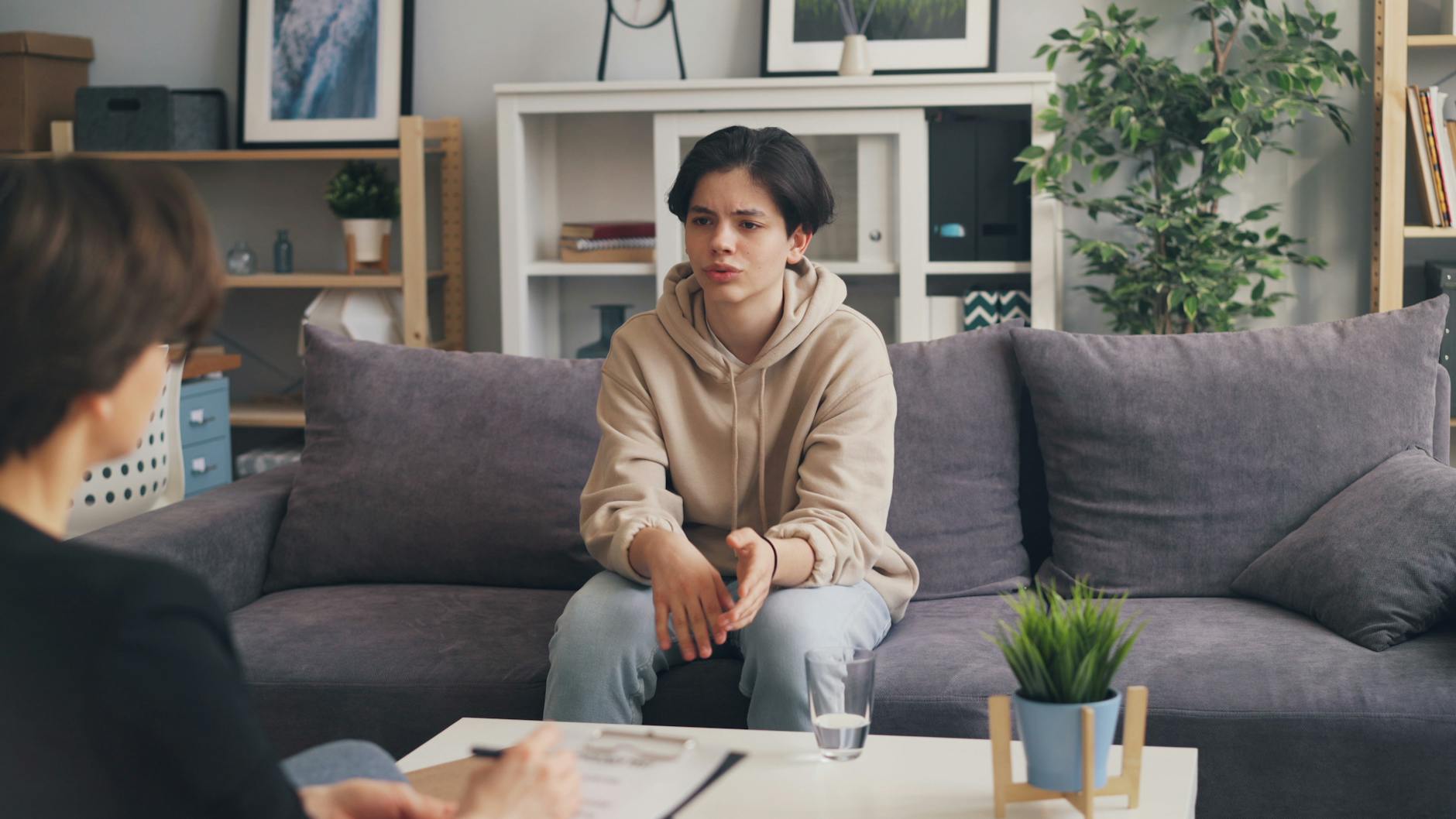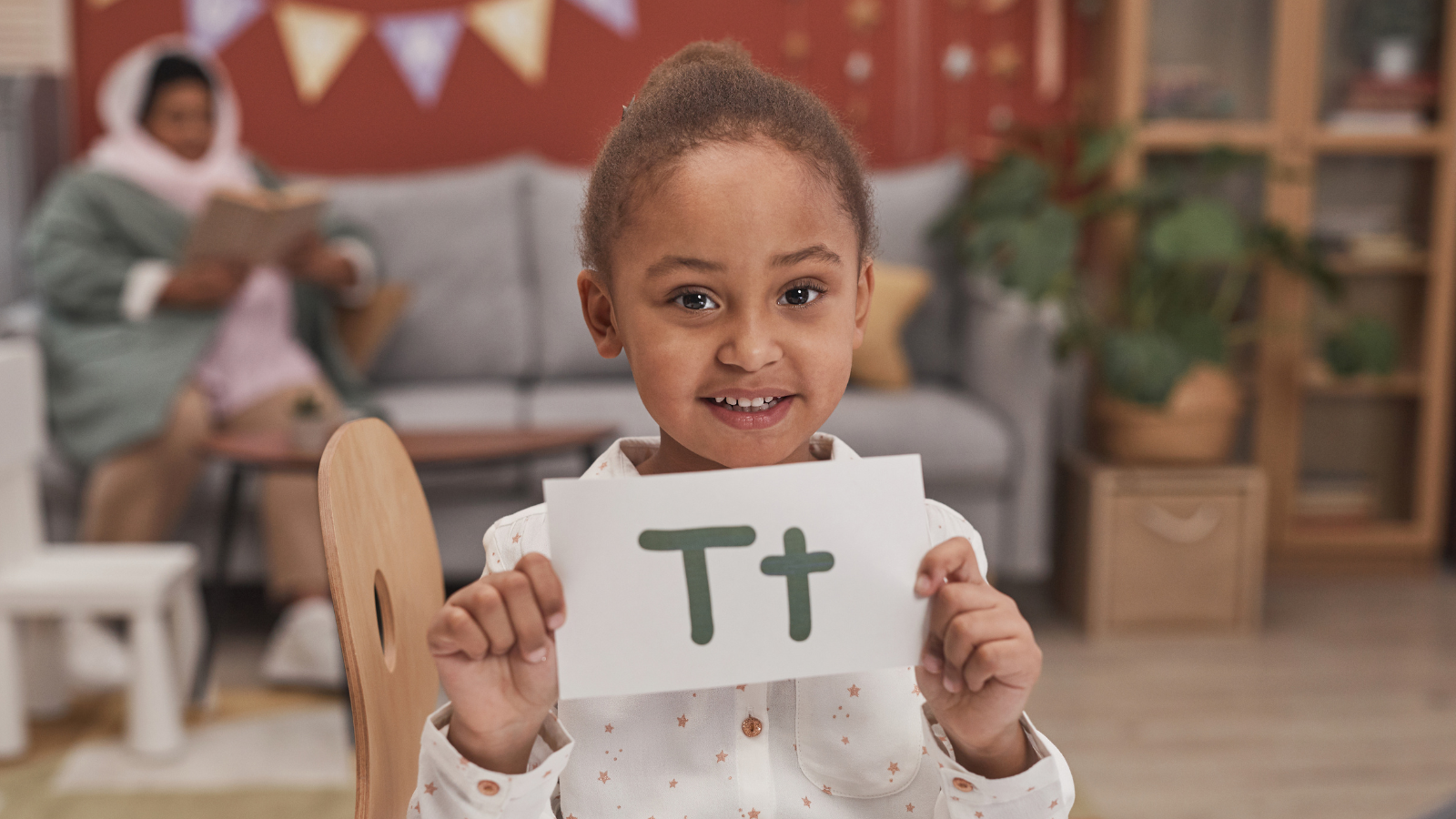Too many children can’t read. We know what to do. But how should we do it?
The goal is clear.
You wouldn’t know it from Twitter, but literacy researchers, teachers, speech-language pathologists, education psychologists, and reading tutors all want the same thing when working with someone who can’t read.
We want them to be able to read. More specifically, we want them to understand what they read.
What we disagree about is how we should teach reading.
The stakes are high
When we get it wrong, students suffer the most. But, actually, we all pay for it:
- Illiteracy costs the global economy more than $1 trillion a year in direct costs.
- Low literacy is a major contributor to inequality.
- Low literacy increases the likelihood of workplace accidents, medication errors, involvement in crime and welfare dependency (World Literacy Foundation, 2015).
- Even in rich countries, around 20% of 15-year olds can’t read well enough to participate effectively in life (OECD, 2016).
Individually, and as a group, we can do better.
The science is solid. Gaps remain.
A growing body of peer-reviewed research evidence (sometimes called ‘the science of reading’) tells us a lot – but not everything – about how we should teach reading. But, too often, ideological, political and professional differences distort or drown out the key ideas. Too often, teachers, speech pathologists, and others are not taught the science of reading in university or college. Too often, sunk costs and other biases, training gaps, and resource and time limitations get in the way of us putting the science to work.
We can all get better at teaching reading. We need to be honest about what we know, and don’t know. We need to reflect on the limits of our own skills and resources and invest in reducing them. We need to listen to feedback. We need to read new research.
It’s hard work. But we must do it.
We owe it to our students. Our job is to:
- know which approaches work best;
- explain why they work to others, including students, teachers and parents;
- know how to teach reading by working on the right things at the right time;
- stay open and honest about the many things we don’t know;
- keep questioning what we’re doing, keep learning, and be prepared to abandon practices no longer supported by evidence;
- measure our results; and
- keep improving our knowledge, systems, processes, techniques and resources to seek better results.
Teaching reading: how?
We’ve written at length about what works.
In this article, we outline how we go about translating reading science into practice – explaining what we do – recognising that we still have much to learn. That we all have much more to learn. We’ve tried to focus on evidence-based practices, rather than broad theories or ideologies, but we’ve referred to some of the key mental models we use when necessary to explain why we do (or don’t) do something.
We organised our thoughts on this very important topic after reading a great paper by Professor Anne Castles and colleagues (a citation and link to the full text of the article appear below), and reflecting on our clinical experiences and changing practices over the years.
The basic recipe (with messy ingredients)
Let’s start at…the start. To read well, students need to learn:
- alphabet decoding: including phonological awareness skills such as letter-sound links and how to blend speech sounds together to make words;
- fluent word reading: including gaining access to the meaning of words directly from the spelling without needing to decode them phonically, including through experience, morphological awareness and motivated reading; and
- text comprehension, including by increasing vocabulary, background knowledge, semantic networks, inference-making skills, higher level language skills, comprehension monitoring skills, sentence processing, and knowledge of text types, such as story grammar (Castles et al., 2018).
To teach reading well, you need to know how these skills typically develop over time. You need at least some idea of how they interact with each other. You then need to apply that knowledge to the student in front of you.
We think our practices are supported by evidence. But we’re open to different views and criticism. We will – no doubt – abandon some practices and adopt others as we learn more. Where possible, we have linked to articles we have written summarising the evidence we rely on to support our practices.
How we support preschoolers to set the stage for later reading success
(a) Oral language and speech development are essential for later reading success
We are hard wired to understand oral language and to speak it. Most (but not all) of us learn to do it without needing to be taught. Parents, early educators and others can play a big role in helping to stimulate early language development by using language stimulation strategies, and engaging activities like play and simply exploring the world. We written hundreds of articles about promoting oral language and speech development. (We’ve created quite the rabbit hole of information, if you have the time.)
(b) Early treatment of speech and language disorders is very important
A child’s oral language competencies (listening and talking) are highly predictive of school readiness and success. And many (but not all) preschoolers with unclear speech go on to have problems with reading. Early intervention is important for children with language disorders and speech sound disorders. But it’s never too late to seek help.
(c) Some phonemic awareness skills are important for later reading
Many preschoolers, including some children with speech and language disorders, need extra help to figure out, for example, that the first sound in ‘pot’ is /p/, or that the last sound in ‘pot’ is /t/, and that the sounds /p/, /ɒ/ and /t/ can be blended together to make the word ‘pot’. These skills can be taught to preschoolers. For school-aged children, we do not teach phonemic awareness in isolation. Instead, we build phonemic awareness skills through letter-sound and early decoding exercises. In other words, we teach sounds with letters, and sound blending and segmenting skills with written words. Read more here.
(d) Letter knowledge is an important precursor to learning letter-sound links
Here are some things you should know when teaching the alphabet to your child.
(e) Increasing print awareness can help preschoolers prepare for reading
Here is a summary of some of the research.
(f) Read quality picture books with preschoolers every day
Here’s how to do it. Here’s why you should do it. This practice should continue well into primary school.
(g) Read nonfiction to your preschoolers to build world knowledge
Read more non-fiction books to your preschoolers. Here’s why.
(h) Listen to audio books and high quality read-alouds with your child
We include some suggestions here. This practice should also continue into primary school, and we make some specific recommendations of audiobooks, with links, for school age children here (Kindergarten and Year 1) and here (Years 2-6).
How we support school-aged students and adults
(1) Reading needs to be taught.
Unlike with talking and listening, we are not biologically primed to read. Everyone needs to be taught. But some children need more help than others.
(2) Use the ‘Simple View of Reading’.
When we look at a student’s reading strengths and challenges, we apply the ‘Simple View of Reading’. You can watch our short video summarising what we think about here. Or you can read a longer article we have written here. In summary, we see the ultimate goal – reading comprehension – as the product of two elements: Word Reading x Listening (language) Comprehension.
(3) Beginners are not experts.
Beginning piano players can’t play Chopin’s Etude Op. 10 No 4. Beginning artists can’t paint The Lady with the Ermine. I’ve been reading, nerdishly, for more than 40 years. Why would we expect a beginning reader to read like we do: automatically and effortlessly, understanding what we read, as we read it? If you can’t read the words on the page, you can’t understand what you are reading, even with excellent oral language skills. So we have to start with the squiggles on the page.
(4) Unlike, say with Chinese or Japanese, English has an alphabetic writing system.
In alphabetic systems like English, the speech sounds (phonemes) of the language are represented by letters or groups of letters (graphemes). Most children need to be taught these letter-sound links because they don’t pick them up without being taught. Early in reading development, reading comprehension is highly constrained by decoding limitations. Poor decoding can be a bottleneck that stops students from understanding what they are reading about.
(5) Systematic phonics instruction.
There is a strong scientific consensus on the effectiveness of systematic phonics instruction during the initial period of reading instruction (Castles et al., 2018).
(6) Systematic phonics systems teach letter-sound links in an ordered way.
In English, we have 26 letters that, in different combinations, are used to represent the roughly 44 phonemes (speech sounds) we use (depending on our dialect). There are many evidence-based letter-sound sequences around. In our clinic, we used to use the UK Letter-Sound sequence. But we have now adopted the Sounds-Write letter-sound Sequence because it is logical. This sequence teaches children the basic code first (including the sounds most commonly linked to the 26 letters of the alphabet), and then an extended code of frequent letter combinations and the sounds most commonly associated with them, e.g. <ai>, <oo>, <er>, <oy>, <ew>.
(7) One sound per letter to start with.
In English, some letters and letter combinations are linked to more than one speech sound. For example, <c> is linked to /k/ in ‘kangaroo’ but /s/ in ‘city’; <g> is linked to /g/ in ‘get’ but /dʒ/ ‘giraffe’; <ch> is linked to /tʃ/ in ‘chicken’, /k/ in school, and /ʃ/ in ‘chef’); and, infamously, the letter combination ‘ough’ is linked to at least six different speech sounds (e.g. ‘though’, ‘through’, ‘rough’, ‘cough’, ‘thought’, ‘thou’).
Before 2016, we followed the Spalding approach of explicitly teaching multiple sounds linked to letters and letter-sounds. But, since then we have opted – initially – to teach the sound most commonly associated with each letter or letter combination, and to later teach context-sensitive rules once children have mastered the basic mappings.
For example, once beginning readers have mastered the basic mappings, we will teach them that <c> is linked to /s/ in words where the <c> is followed by <i>, <e> or <y> (as in ‘circle’, ‘ceiling’ or ‘cycle’), and that <oo> is linked to /ʊ/ when followed by /d/, e.g. ‘hood’, ‘stood’, and ‘good’. We have found, clinically, that many children (including some children with working memory, speech or language disorders) have difficulty mapping different sounds to letters; and some children rote learn the multiple sounds, but cannot then apply them when decoding words. We have also found that starting out with a limited set of letter-sound links, puts many children on the path to independent reading earlier than if we dedicate too much time to teaching context-sensitive and less common links early.
(8) We take a synthetic phonics approach to systematic phonics instruction.
I wish it had a better name. Synthetic doesn’t mean ‘fake’. It means that we teach children early to blend individual phonemes together to make words. Another word for blending is ‘synthesise’, which is where we get the term ‘synthetic phonics’.
Note: we don’t wait until children have mastered all their letter-sound links to start reading words. As soon as they have mapped the first five letter-sound links in our sequence (<a>, <i>, <m>, <s>, <t>), we practice blending the related sounds together in different combinations, so we can read words like ‘mat’ and ‘sat’ and ‘tim tam’). (There are other approaches to phonics instruction. One is called analytic phonics, which teaches children to break down whole words into parts. We’ve seen some evidence that synthetic phonics is better, e.g. Johnson & Watson, 2004, 2005, but I would love to see more evidence and am keeping an open mind.)
(9) We consolidate early decoding skills with encoding (spelling) practice, following the same letter-sound sequence.
There’s good evidence it helps to improve phonological awareness skills, including letter-sound links and word reading skills, which you can see summarised here. We are big fans of the inexpensive Spelfabet resources to support this practice, although you can make your own.
(10) We focus on real words in reading instruction.
Nonword reading and writing tests are a great way to test a child’s phonological awareness, and to figure out if a child is learning to decode words phonically. That’s why we support the Phonics Check.
But, for most students, we focus on real words. Children with small vocabularies can find it hard to know whether a word is ‘real’ or not, and we’d rather spend the time helping them to build their vocabularies. One caveat: some children with excellent language skills are able to pretend they are decoding, when in fact they are guessing from context, from pictures or because they are reading predictable books (e.g. ‘I see a square. I see a circle. I see a triangle.’). For these children, we sometimes use non-words in instruction to help them to break the habit of guessing words.
(11) We are not against supplementing early phonics with 100 or so high frequency ‘sight words’.
Most alphabetic writing systems have at least some degree of spelling-to-sound irregularity. English includes many high frequency words that are highly unusual. Teaching sight words is controversial, and some people think it confuses children. The evidence doesn’t support these concerns. There is a case for teaching children the pronunciations of a small number of high frequency sight words directly, including words like ‘the’, ‘come’, ‘have’, ‘said’. One study shows that teaching the 64 most common letter-sound mappings combined with 100 or so of the most frequent sight words allows children to read aloud 90% of the words in texts they typically encounter, again promoting independent reading (Solity & Vousden, 2009).
Many evidence-based reading programs, like MultiLit, include sight word lists. We think that sight word learning is likely to be most successful when children have basic letter knowledge.
(12) We think that there is a role in early reading for decodable books.
Decodable books are texts written for children that consist mostly of words that they can read correctly using the letter-sound links they have learned and some high frequency sight words like ‘the’ and ‘said’. These books give children an opportunity to practice what they have learned and to experience success in reading independently.
We use decodable books while children are learning the basic and extended codes. Some of our favourites include the InitialLit, Moon Dogs, SPELD SA, and Talisman readers. We have also made our own without pictures, and mapped to the Sounds Write Sequence to check that children are reading (and not guessing from pictures). We’ve made them available for free.
Once children have acquired basic decoding skills, we fade out decodable books, and move on to books with a wider variety of vocabulary and knowledge, in part to support ongoing language development, and in part to keep children motivated to read about the things that interest them the most.
(13) We supplement early reading lessons with access to high quality audio books and books.
As noted above, during the early years of primary school, we should continue to expose children to high quality books to support oral language development and later reading skills. There is no reason why this can’t happen at the same time as early phonics instruction, and both practices are supported by evidence.
(14) For skilled readers, we know word reading involves more than just alphabetic decoding (but you have to walk before you can run).
Although the focus on our reading work with beginner readers is on letter-sound links and blending speech sounds to make words, we know that skilled readers use more than just decoding. There are two key processes in word reading: one that involves effortful phonics-based decoding, and another that involves gaining access to meaning directly from the spelling.
In skilled readers, both processes are used: we use the (more efficient) direct access from spelling method for familiar words, and (effortful) decoding for new and unfamiliar words. For example, when reading the Castle et al., 2018 article, I was flying through, until I hit the word ‘pseudohomophone’. I had to pause and decode this word using both my knowledge of the extended code letter sound links (<ps> is sounded out as /s/, <ph>, as /f/) and my morphological awareness skills (e.g. knowing the meanings of pseudo-, homo- and -phone). More on morphological awareness in a minute.
(15) As children become skilled and get more reading practice, the need to decode word-by-word decreases.
When you see a young reader go from laborious word-by-word decoding, and start to read fluently, it seems like a miracle. Complex computational ‘dual pathway’ models far beyond my ken, like the DRC model (Coltheart et al., 2001), the Triangle Model (Harm & Seidenberg, 2004) and the CDP+ model (Perry et al., 2010) recognise that reading involves both knowledge of learned words and knowledge of the relationship between spelling and sounds. We all want kids to recognise words rapidly and automatically without having to decode them sound-by-sound. We all want kids to read independently as soon as possible.
The self-teaching hypothesis (e.g. Share, 1995) suggests that the act of decoding itself provides opportunities for children to become more familiar with the spelling of words. As children build mental representations of words, cognitive resources are freed up for comprehension. Through repeated exposure to words, a child develops word-recognition optimised for reading for meaning.
What seems to matter most are increasing a child’s exposure to print, getting lots of experience reading, increasing the frequency of times a child reads particular words over time, and the diversity of contexts in which they read particular words. You can read more about the importance of reading fluency here.
(16) For some readers who have mastered the basic and at least some of the extended code, teaching morphological awareness can help to increase reading skills.
This includes explicitly teaching children things like the spellings of high frequency prefixes and suffixes, and Greek and Latin roots of words. You can read more about morphological awareness here. Importantly, for beginning readers, we think it is better to prioritise letter-sound links and basic decoding skills. But some people disagree – the science is not settled – and we are keeping an open mind. We see an important role for early oral morphological awareness and explicit grammar instruction for many children, including many children with language disorders, including targeting Brown’s 14 morphemes.
(17) Do what it takes to motivate children to read!
The most effective pathway to fluent word reading is print experience: children need to see as many words as possible, as frequently as possible in print. There are extreme variances here.
One older (pre-digital era) study of Year 5 children found that children at the 10th percentile read about 60,000 words a year; those at the 50th percentile read 900,000 words; and those at the 90th percentile read more than 4 million words a year (Anderson et al., 1988). This contributes to the Matthew Effect: where good readers keep getting better, and poor readers fall further behind over time (Stanovich, 1986).
So how do we motivate children to read? We have written about reinforcements in detail here. Some behavioural scientists suggest external rewards can help (e.g. iPad time for doing enough reading), but other experts suggest that external rewards can in some circumstances reduce the intrinsic (internal) motivation to do the activity (here reading) for its own sake (e.g. Deci et al. 1999). Effective practical strategies suggested by Willingham (1997) and others include to:
- increase availability of reading matter about topics of personal interest, e.g. comics, car manuals, sports magazines, movie tie in novels, movie scripts, YouTube scripts, reading movies from subtitles (with no sound), DIY books, etc;
- make reading materials highly visible and easy to pick up. This is why we have piles of books scattered throughout our clinic, free to borrow, including reception areas and clinic rooms; and
- allow you child to go on ‘library sprees’ where the student can borrow any book they want (within reason and subject to parent discretion!).
For more strategies, read this.
(18) The better students become at reading, the more they want to read.
This seems obvious. But children are motivated to read more when they know they are good at it (e.g. Willingham, 2017). Ideally, we want students to see themselves as readers.
(19) Reading comprehension is really complex. It is not a single idea and cannot be explained by one model.
To understand what you are reading, you need a whole host of skills:
- word-reading skills: if you cannot decode or otherwise read the words on the page, you will struggle to understand them;
- vocabulary knowledge: you need to understand the meaning of most of the words in what you are reading. Choosing the right words to teach is vital because learning one word doesn’t lead automatically to you knowing other words. New vocabulary should be taught in context using multiple strategies. Academic and other Tier 2 words, subordinating conjunctions, sign-posting and linking words should be targeted.
- relevant semantic knowledge, e.g. of categories, and the relationships between words
- specific knowledge of conjunctions, including compound conjunctions like ‘but’, ‘so’, ‘because’, ‘if’, ‘while’, ‘before’, ‘after’, and ‘unless’;
- knowledge of word forms, including morphological awareness;
- knowledge of a variety of sentence structures, including sentences with complex syntax;
- knowledge of non-literal multi-word phrases, including idioms and sayings;
- to understand other types of figurative language, including metaphors and similes, and analogies;
- an ability to build mental representations of the situations you are reading about;
- knowledge of text types, including understanding narratives and story grammar.
- be able to draw local and global inferences from what you are reading;
- sufficient background knowledge of what you are reading about;
- comprehension monitoring strategies: These are a collection of strategies, skills or tricks you can use to evaluate your understanding of what you are reading. These include things like question generation, summarisation, seeking clarification, and prediction. They can be taught fairly quickly – in five or six sessions – especially in later years of primary school, but require a reasonable level of reading fluency to work well.
- to adjust your reading intensity for the purpose for which you are reading e.g. for study or recreation;
- sufficient cognitive resources, e.g. working memory and attention. There is little persuasive evidence that working memory interventions improve reading comprehension. Instead, instruction should focus on developing word knowledge, knowledge and skills so that working memory is not overloaded.
(20) Don’t forget to keep working on higher level language and other language skills
These include academic vocabulary and evidence-based study skills.
In skilled readers, the correlation between oral language and reading comprehension is almost perfect, meaning oral language limitations will limit reading comprehension (and vice-versa).
(21) Some people with reading difficulties benefit from compensatory strategies.
For some people, e.g. with severe dyslexia or otherwise protracted and severe reading difficulties, consider compensatory strategies like text-to-speech and speech-to text tools and, of course, audiobooks. Read more about these strategies here.
Clinical bottom line
To help children and adults to read, we should:
- foster oral language development, including of vocabulary, semantics, phonology, word forms, sentence level syntax, narratives and nonfiction books in the preschool and school years;
- start reading instruction by understanding that the English writing system is alphabetic: letter-sound links and the ability to blend speech sounds to form words are crucial to develop more advanced reading skills;
- recognise that early decoding problems can be a major bottleneck in the early reading comprehension, and that even modest improvements in decoding can make a big difference to a student’s understanding;
- encourage children to read as much and as widely as possible to increase fluent, automatic word-reading;
- recognise that reading comprehension – the ultimate goal of learning to read – is very complex. Reading comprehension problems can be caused by decoding problems, oral language problems, or both;
- carefully assess people with reading difficulties, so that we know where the breakdowns are happening and can develop evidence-based plan to address them; and
- keep up-to-date with the research evidence, and apply it – even when it means abandoning long-standing practices.
Principal source: Castles, A., Rastle, K., Nation, K. (2018). Ending the reading wars: reading acquisition from novice to expert. Psychological Science in the Public Interest, 19(1), 5-51.
This is one of the most influential, practical papers I have read in the last couple of years. Even better, it’s available for free via Sage Journals. In my view, this paper should be required reading for all reading professionals. (Note that any errors of interpretation above are mine and mine alone.)
Related articles:
- Is your child struggling to read? Here’s what works
- Kick-start your child’s reading with speech sound knowledge (phonological awareness)
- Teaching the alphabet to your child? Here’s what you need to know
- What else helps struggling readers? The evidence for ‘morphological awareness’ training
- Too many stories, not enough facts? Free tips and resources to boost your child’s knowledge and reading comprehension skills
- How to help your school-age child learn new words – the nuts and bolts of how I actually do it in therapy
- Help your child to fill in the gaps, join the dots, and read between the lines! (Improve inferencing skills for better reading and language comprehension)
- Helping older students with their reading comprehension. What should we teach and how?
- Why poor kids are more likely to be poor readers (and what we can do about it)
- For struggling school kids, what’s the difference between seeing a speech pathologist and a tutor?
- Why preschoolers with unclear speech are at risk of later reading problems: red flags to seek help
- Language disorders in children
- Speech sound disorders in children
- Preparing your pre-schooler to learn to read: skills to focus on first
- Reading with – not to – your pre-schoolers: how to do it better (and why)
- Reading books with our babies, toddlers and preschoolers: everyone knows we should do it. Here’s why.
- Read non-fiction books to your late talkers and preschoolers: here’s why
- 20 free audiobooks for preschoolers – plus a hot tip about making your own
- ‘I don’t understand what I’m reading’ – reading comprehension problems (and what to do about them)
- Yes to the Phonics Screening Check: my ‘Why’ in 10 points
- Is your Kindy kid really reading? Find out with our 7 free mini-stories
- The forgotten reading skill: fluency, and why it matters
- When ‘steel meets steel’: grammar doesn’t need to be dull
- 15 practical ways to help your son discover a passion for reading
- For reading, school and life success, which words should we teach our kids? How should we do it?
- Parents: teach categories to your kids to ignite language development
- Speaking for themselves: why I choose ambitious goals to help young children put words together
- Light Up Language With Idioms
- Free resource: 42 sayings every child should know by the end of primary school
- Light Up Language with Similes and Metaphors
- Light Up Language with Analogies
- Five ways to boost your child’s oral language and reading comprehension skills with sequencing
- ‘In one ear and out the other’. FAQs: working memory and language disorders
- ‘She doesn’t really have a language problem. She just wasn’t paying attention to your tests’. FAQ: ADHD and language disorders
- My child struggles to understand what she’s reading. Should I give her a text-to-speech tool?
- 6 strategies to improve your child’s reading comprehension and how to put them into practice

Hi there, I’m David Kinnane.
Principal Speech Pathologist, Banter Speech & Language
Our talented team of certified practising speech pathologists provide unhurried, personalised and evidence-based speech pathology care to children and adults in the Inner West of Sydney and beyond, both in our clinic and via telehealth.








